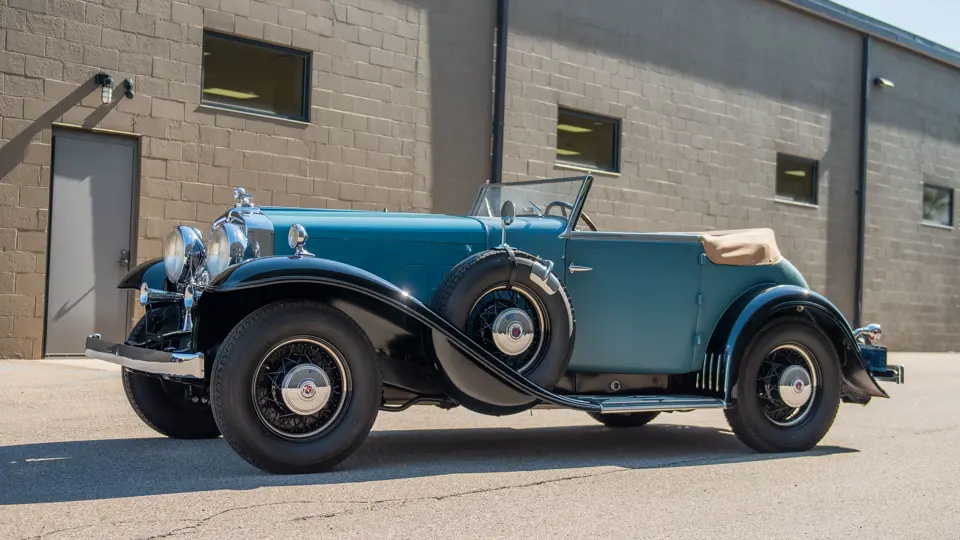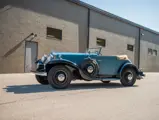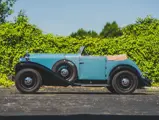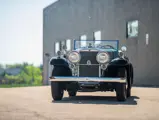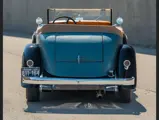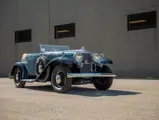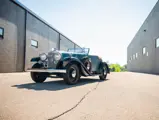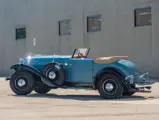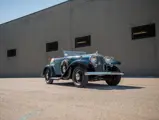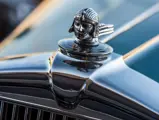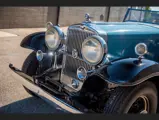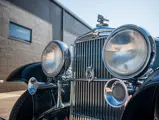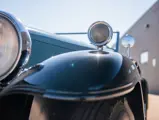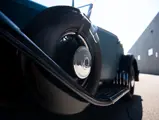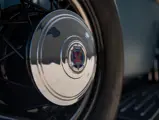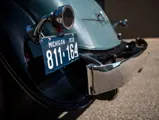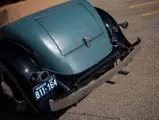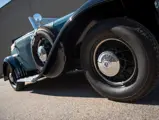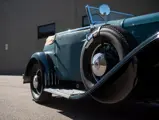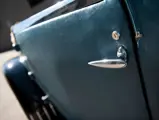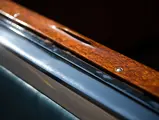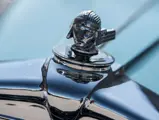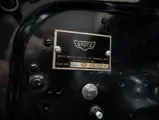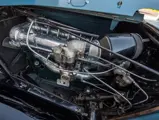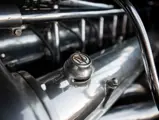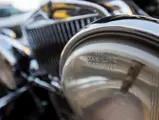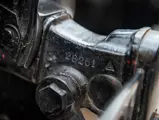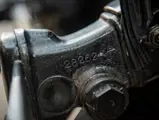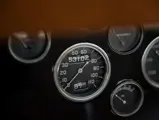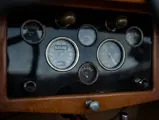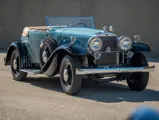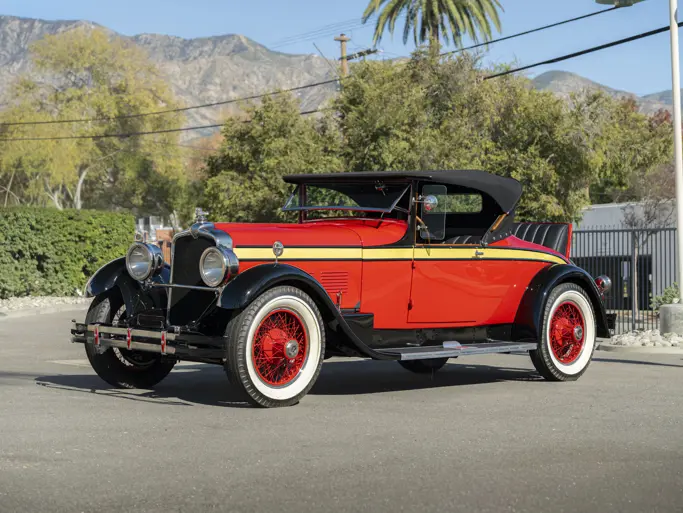
1932 Stutz DV-32 Super Bearcat by Weymann
{{lr.item.text}}
$1,930,000 USD | Sold
Offered From The Terence E. Adderley Collection
{{bidding.lot.reserveStatusFormatted}}
- Offered from the Terence E. Adderley Collection
- Largely original, wonderfully patinated condition with original identification tags
- One of two surviving fabric-paneled examples
- Formerly owned by Dr. Fred Simeone, William B. Ruger, Sr., and George Holman
- The Full Classic successor to the famed Bearcat
By the early 1930s, the dawn of its final years, the Stutz had evolved from its original sporting pretensions into a true luxury car—albeit one that, with the newly developed DV-32 version of the famed Vertical Eight, offering two valves per cylinder, was still a powerful automobile. The buyer seeking a sports car from the company that had pioneered that form in America still had options, however, the most appealing being the Super Bearcat. As its name suggested, this model was intended to stand as the foremost evolution of the performance Stutz. It was built with true two-passenger bodywork by the Weymann American Body Company of Indianapolis, on a greatly shortened, 116-inch chassis, resulting in muscular lines reminiscent of the Mercedes-Benz SSK—which was likely Stutz’s intention.
It is estimated that about 20 examples of the Super Bearcat were built, with either traditional aluminum or fabric outer skin—the lighter a Weymann signature, originally developed by the firm’s French parent for competition coachwork, and famously employed on the Stutzes that ran at Le Mans in 1929. The example offered here is one of just two known surviving Super Bearcats with fabric-paneled bodies.
The car’s known ownership history has been traced back to 1952, when it was owned by Colonel Donald L. Bower, then stationed at Wright-Patterson Air Force Base in Dayton, Ohio. A holiday card from his family notes that he was a second-generation Stutz owner and had acquired this particular car by 1946; he is believed to have purchased it in Pennsylvania.
In writing to New York dealer Headington Motors, Colonel Bower described his full mechanical rebuilding of the car and the new paint he had applied to the hood, fenders, and wheels, after which he had been driving it to and from work at Wright-Patterson. A 1954 letter, of which a copy is on file, indicates a potential sale to a Dr. Hartwell of Sandwich, Massachusetts, but this transaction appears not to have been consummated; Colonel Bower still listed his car in AACA rosters as late as 1961.
The Stutz was later purchased by the late Dr. Frederick Simeone, a towering figure among American collectors in general, and of Stutzes in particular; he amassed some of the very finest examples of the marque in his noted Philadelphia collection. The Super Bearcat was part of the stable for many years but was eventually sold in order to acquire one of the 1929 Le Mans team cars. Its buyer was an equally famed Stutz connoisseur, gunsmith William Ruger, Sr., who was followed in 2005 by the skilled engineer George Holman of Wilbraham, Massachusetts, highly regarded as a Stutz technician and himself owner of several splendid examples over the years. Sorted in its owner’s highly capable hands, including fitment with custom high-ratio gears, rebuilding of the brakes with contoured shoes, and installation of stainless-steel exhaust, the Super Bearcat was driven by Mr. Holman in the CCCA Pacific Northwest CARavan XIV of 2010.
The Stutz was acquired from Mr. Holman for the Adderley Collection in 2015 and has been on display since. It remains a striking car, both for its powerful proportions and for its wonderfully worn-in originality. Each successive owner has preserved the Stutz’s cosmetics more or less as they acquired it, with decades-old leather upholstery, comfortably broken-in like a favorite jacket, and factory-correct finishes still visible throughout. After some years of display, the Stutz would benefit from mechanical sorting and from work to its body’s framework, as the doors have begun to loosen on their hinges. Colonel Bower’s correspondence indicates a recovering of the body skin, shown as a dark finish in photographs from his ownership, but this appears to have been painted over the original Weymann fabric; the original 1932 fabric is still present on the car and adds much to its charming, reassuringly authentic air. Original stamping numbers can still be found on the floor wood and hood props; the original identification tags are present, and the chassis number is still stamped on the face of the right rear frame horn.
The DV-32 is the Stutz in its ultimate form, and the Super Bearcat represents its hardy, competition-bred engineering at its most elemental and vigorous. This example is perhaps the best-preserved survivor, and with its combination of fabric coachwork and unrivaled provenance is a car without an equal.
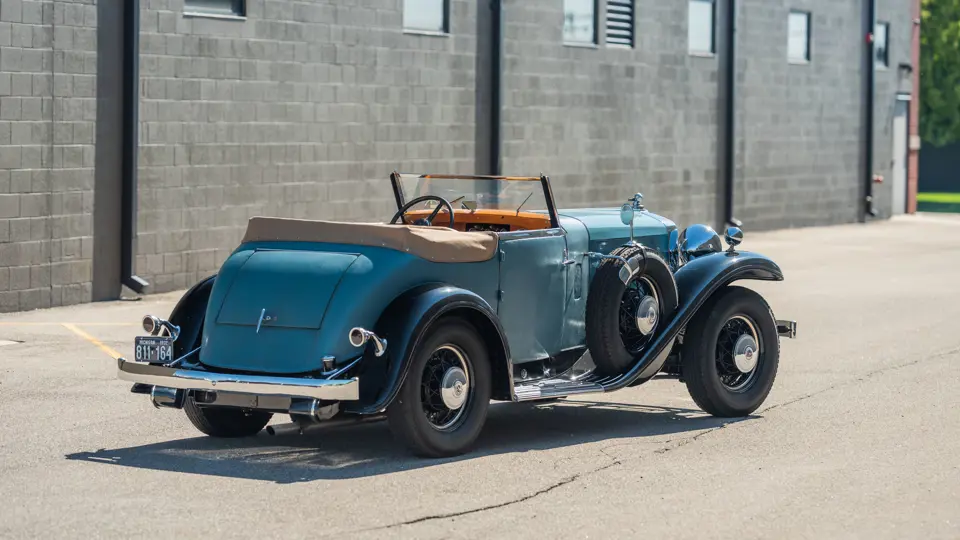
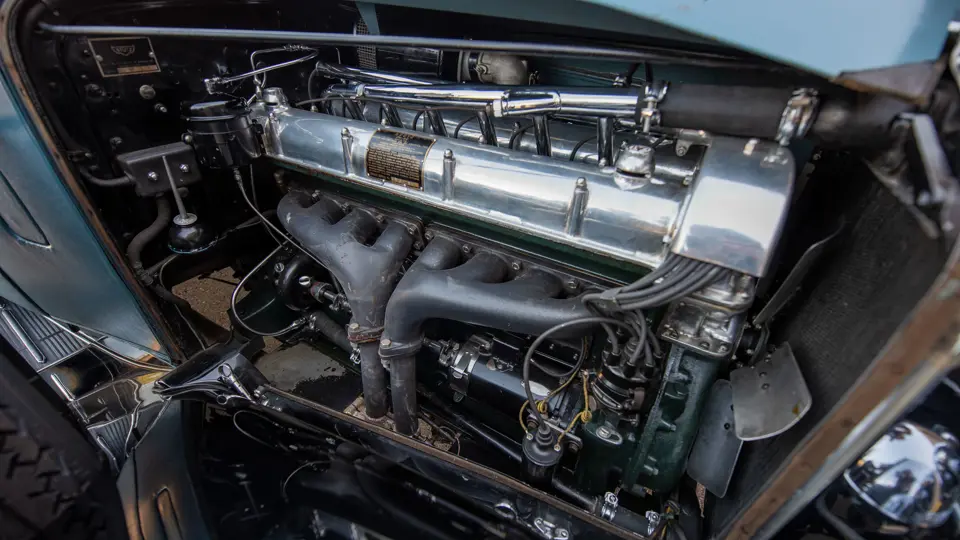


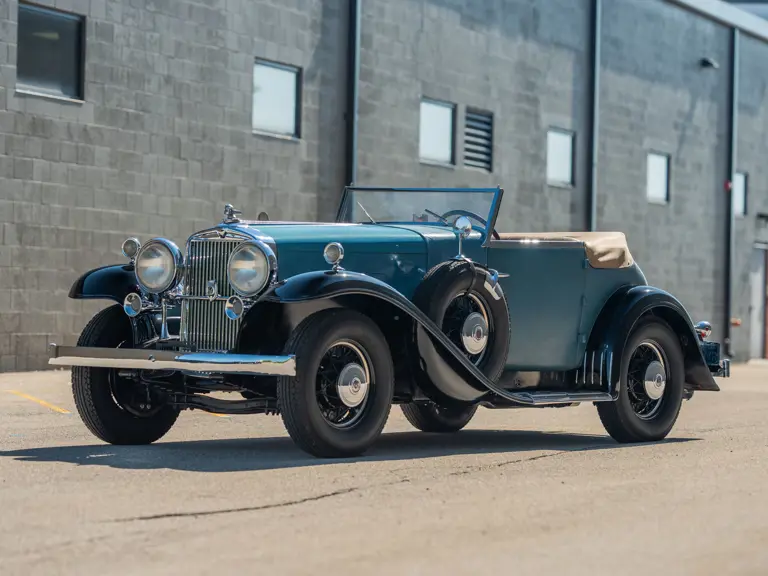

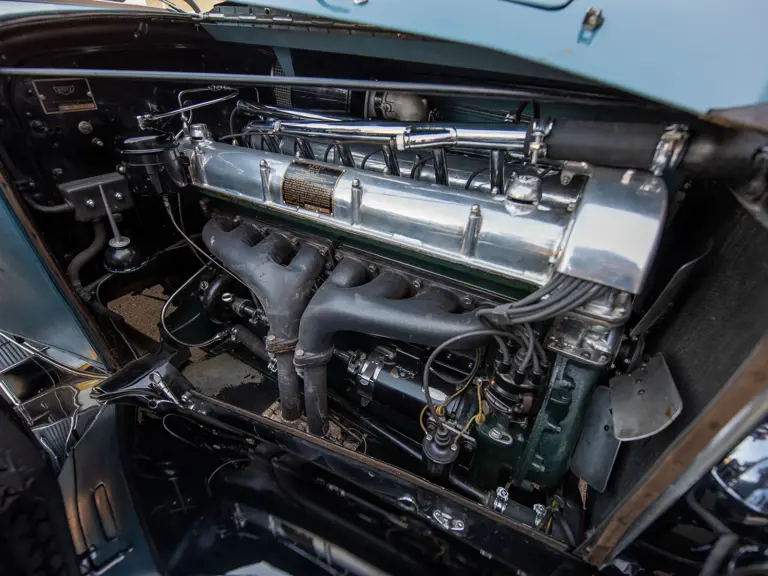

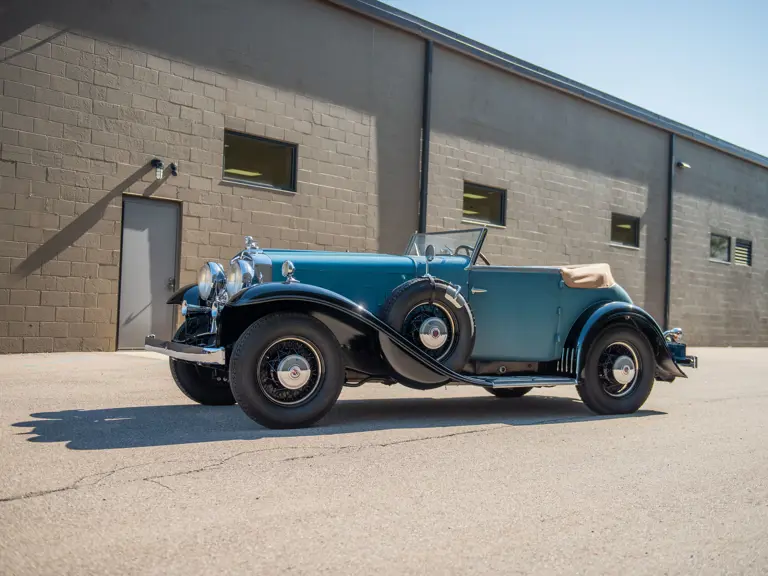
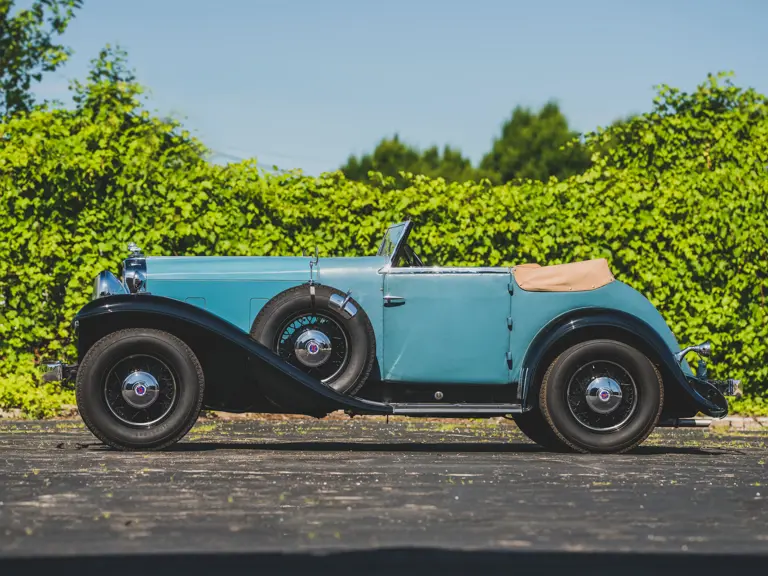
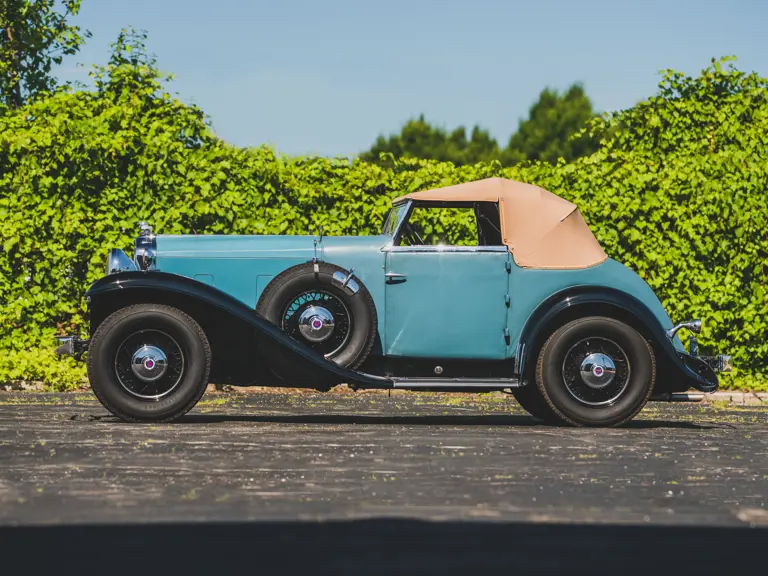
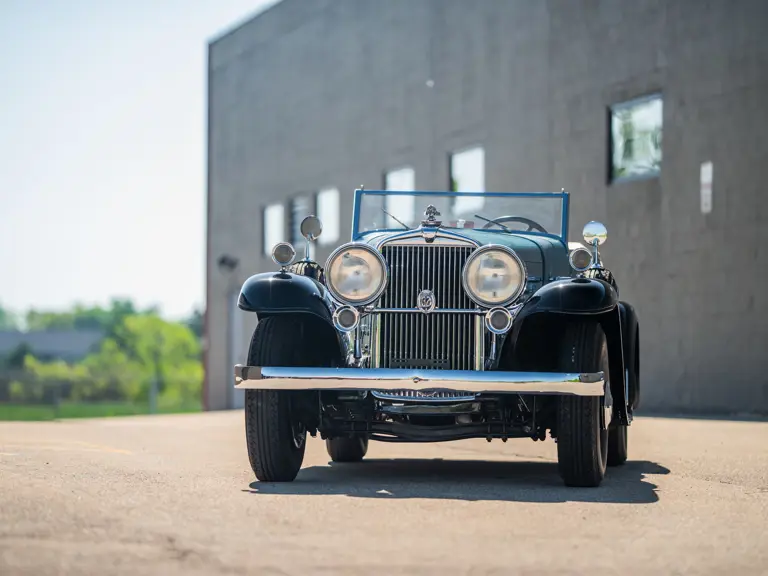
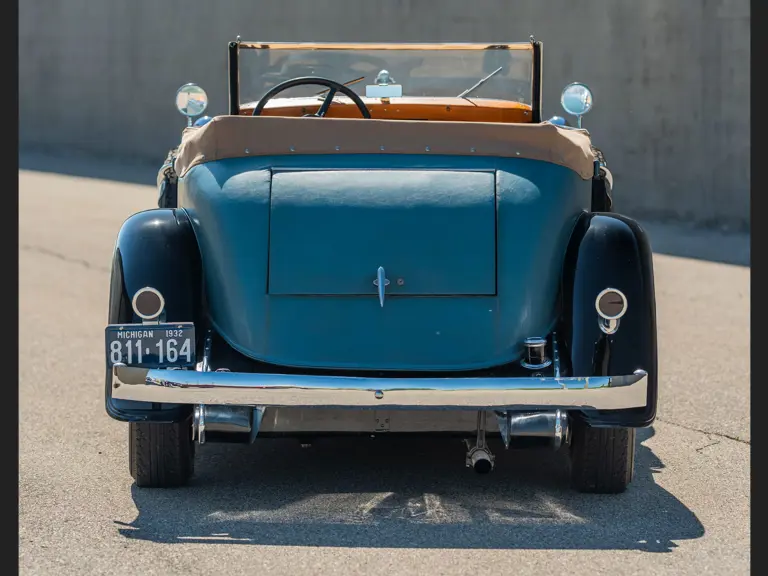
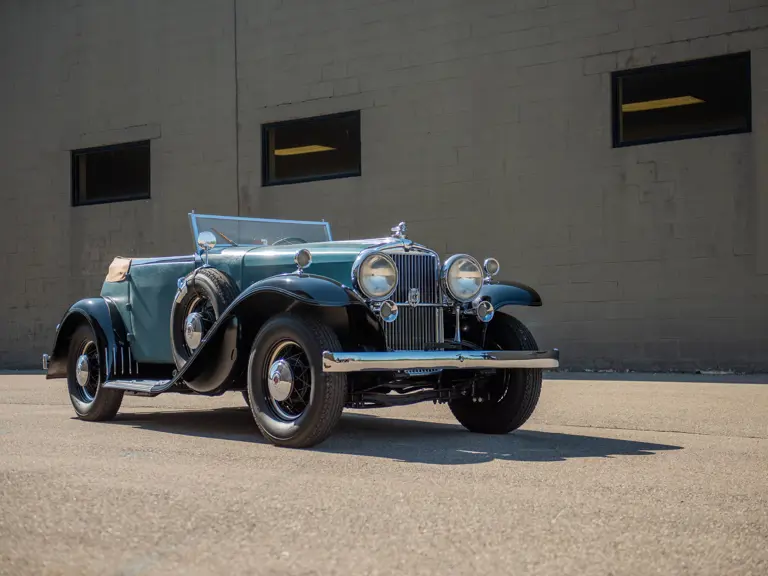
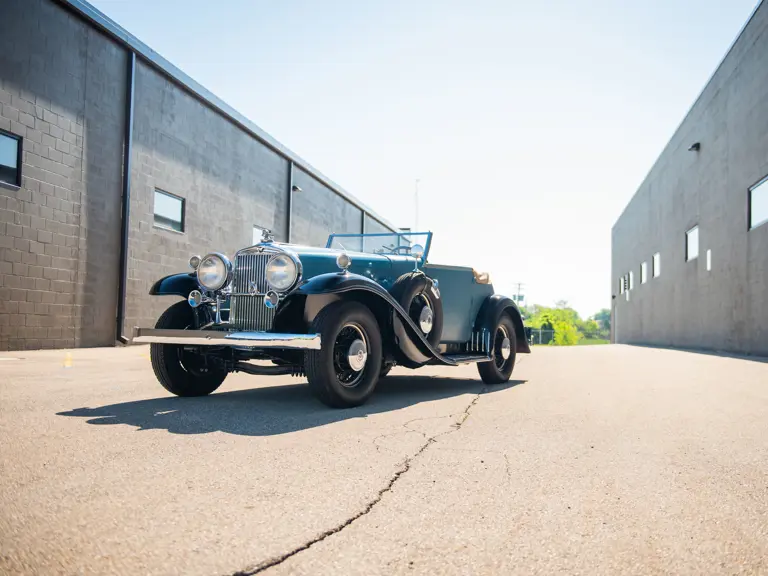

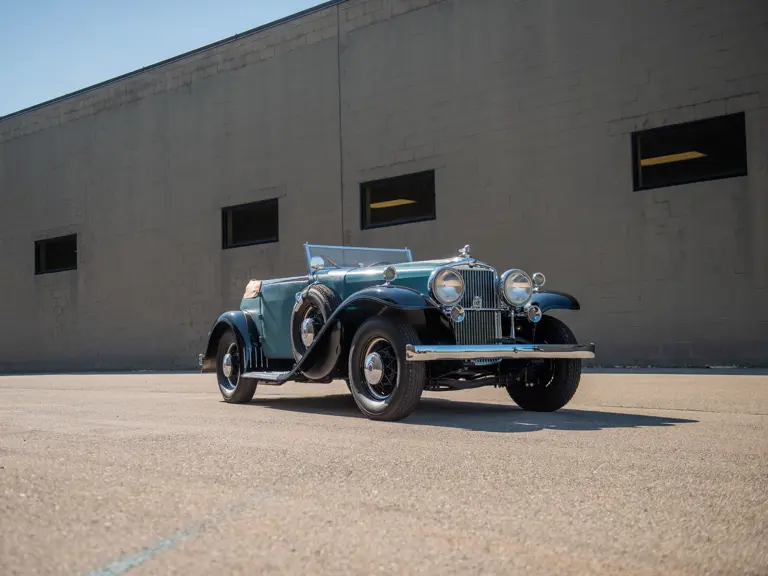
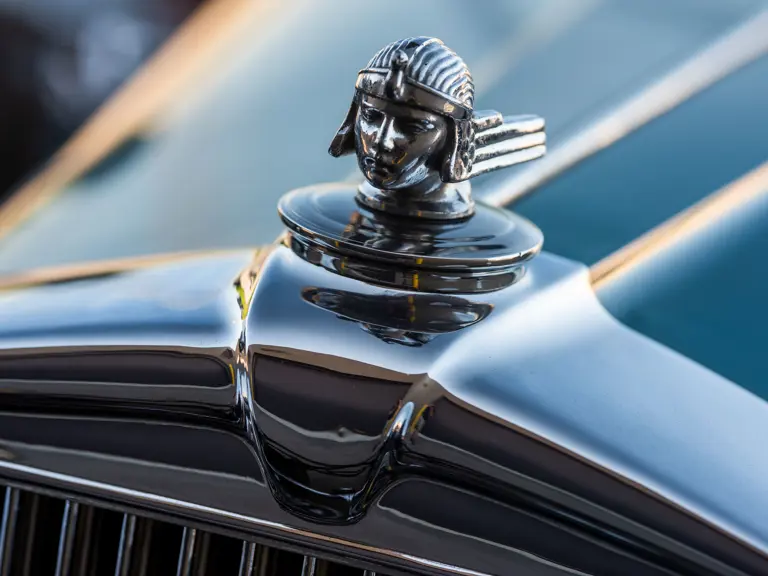
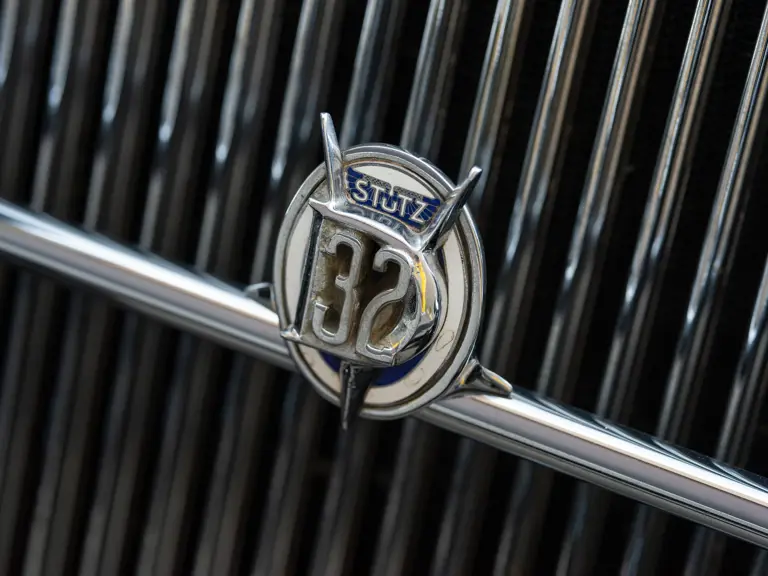
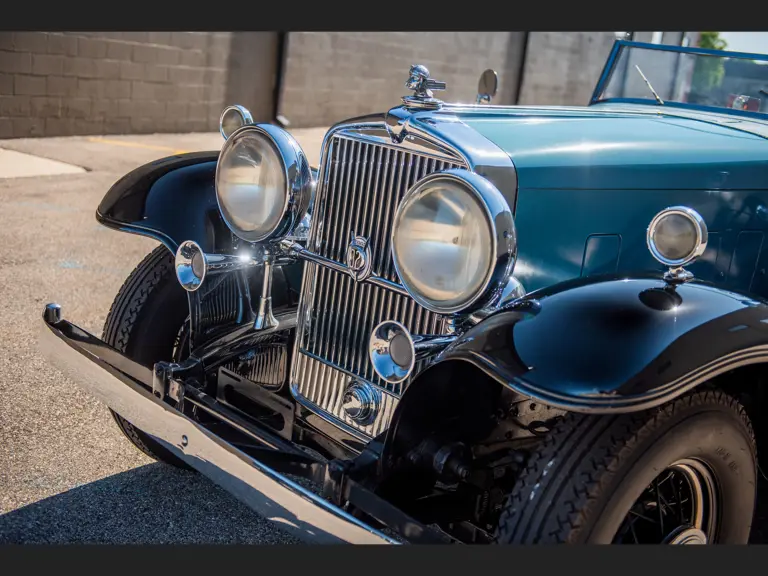
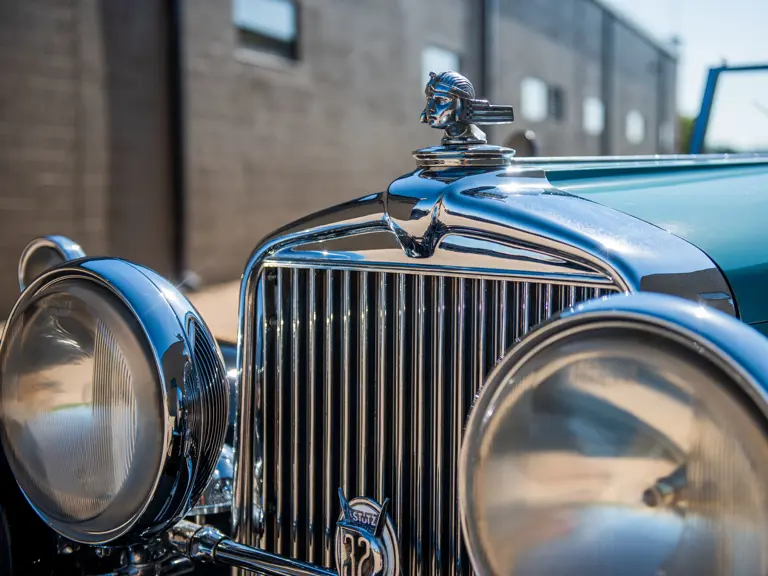
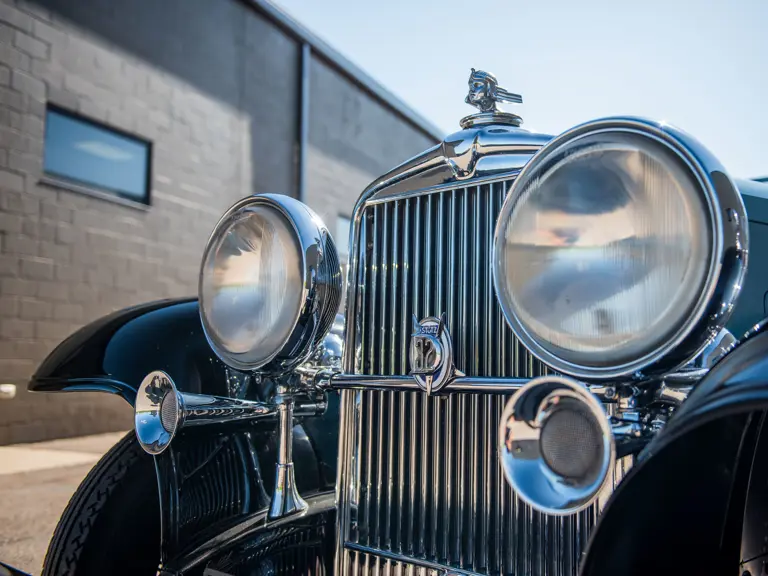
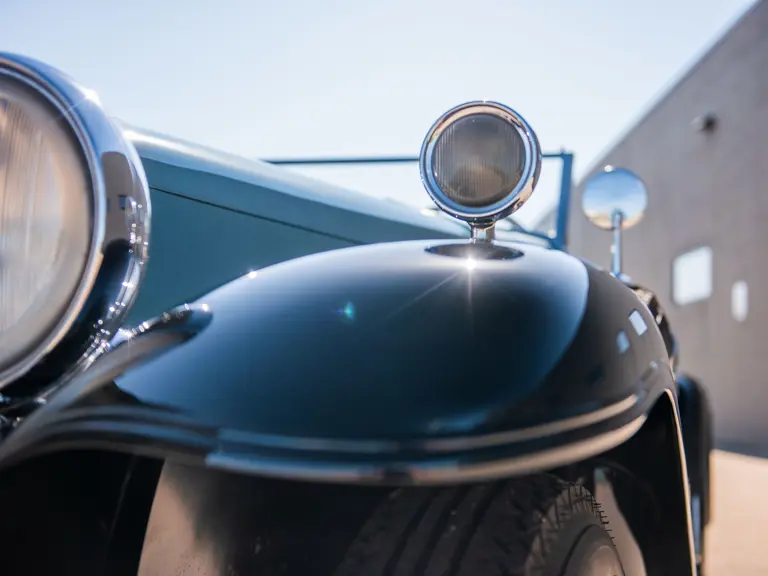
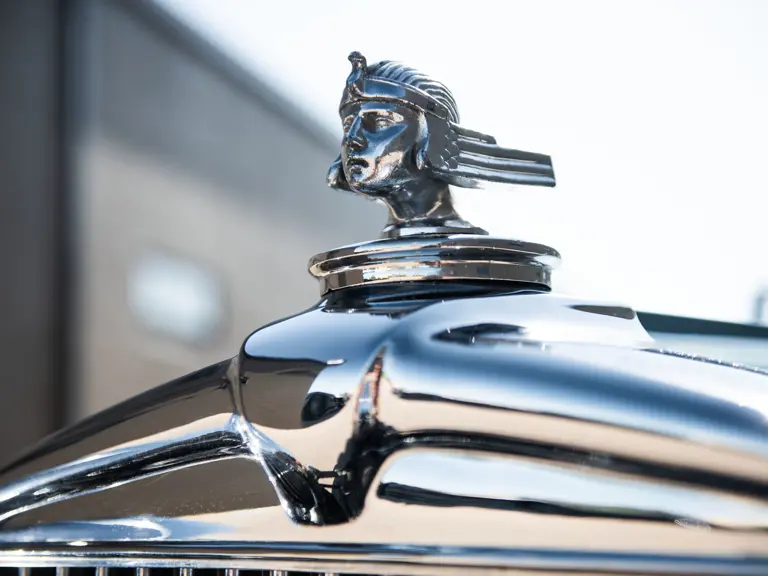
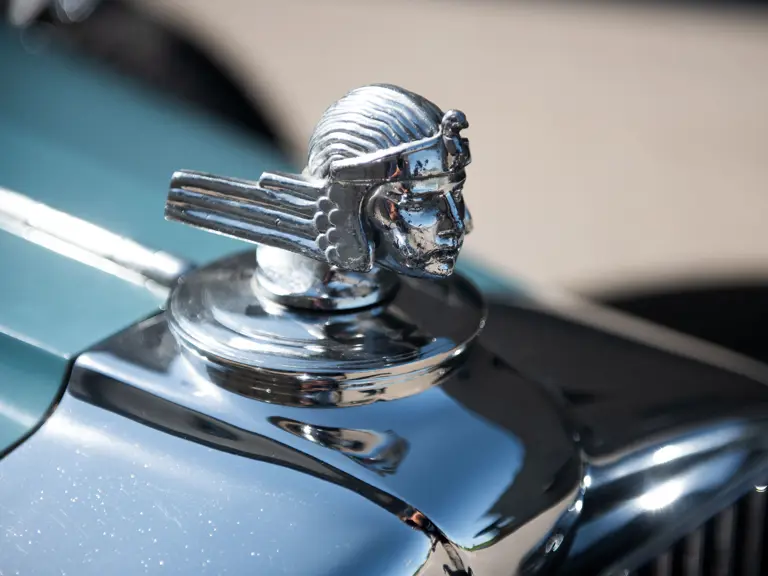

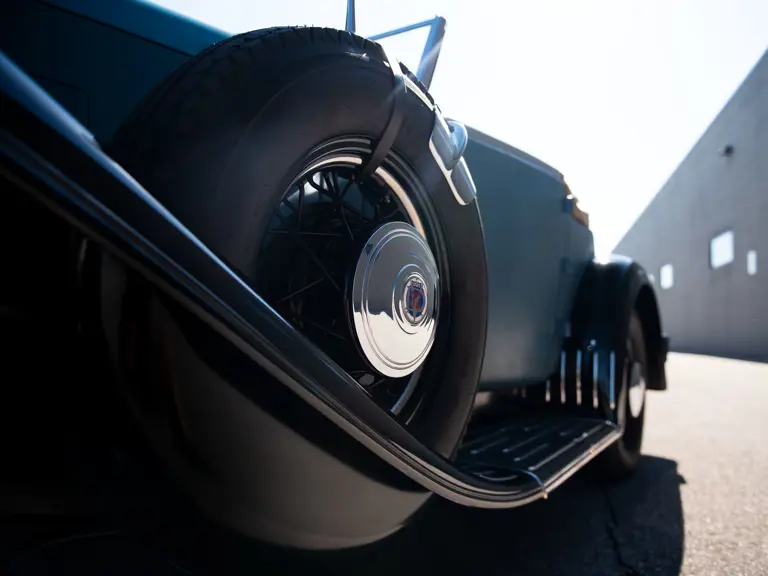
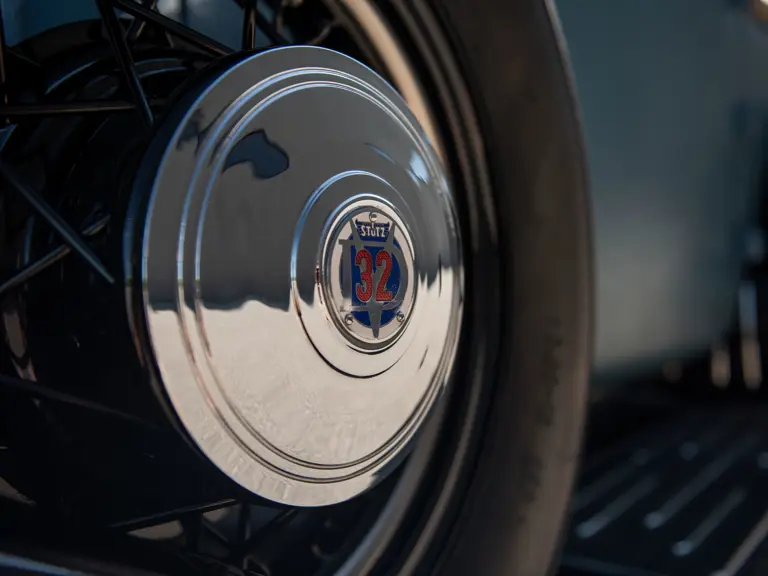

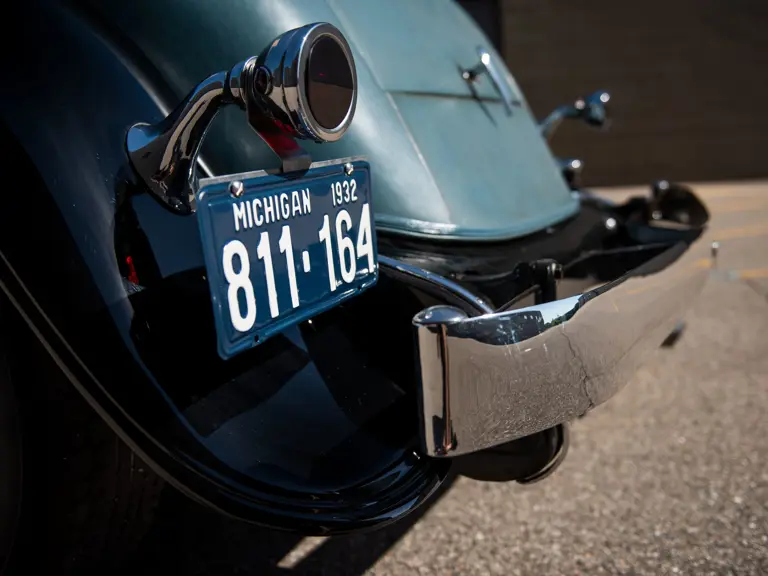

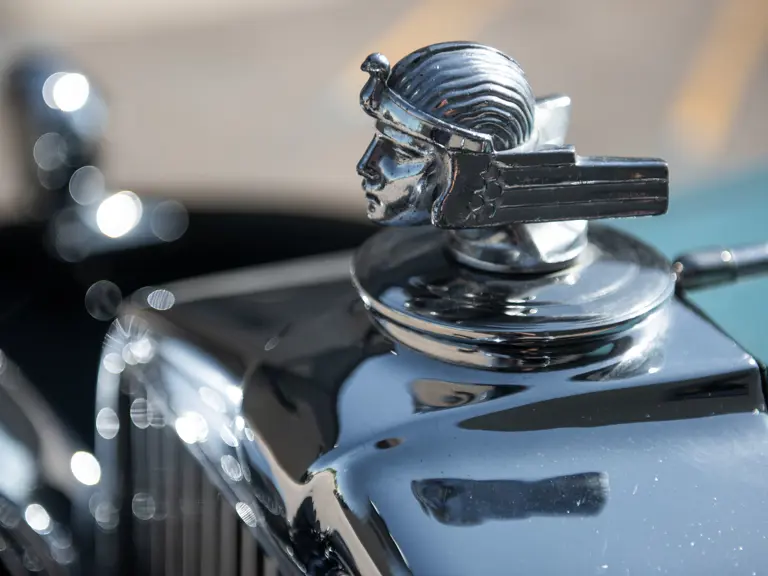
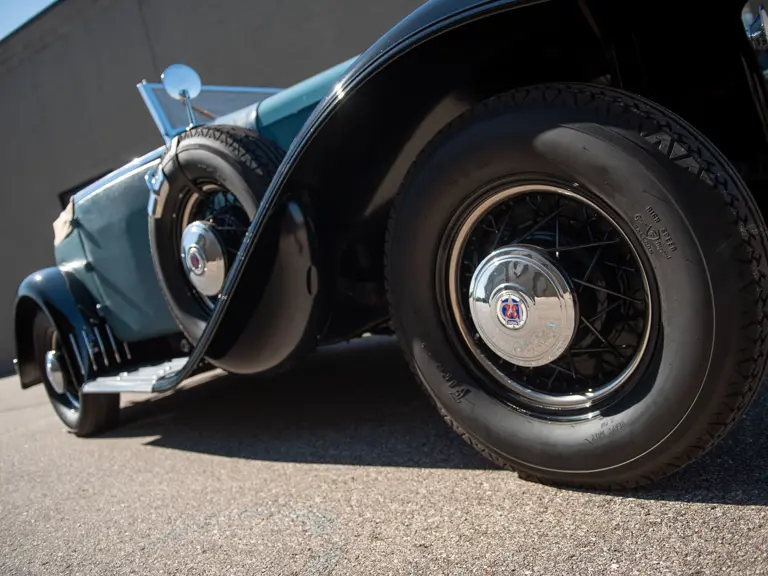
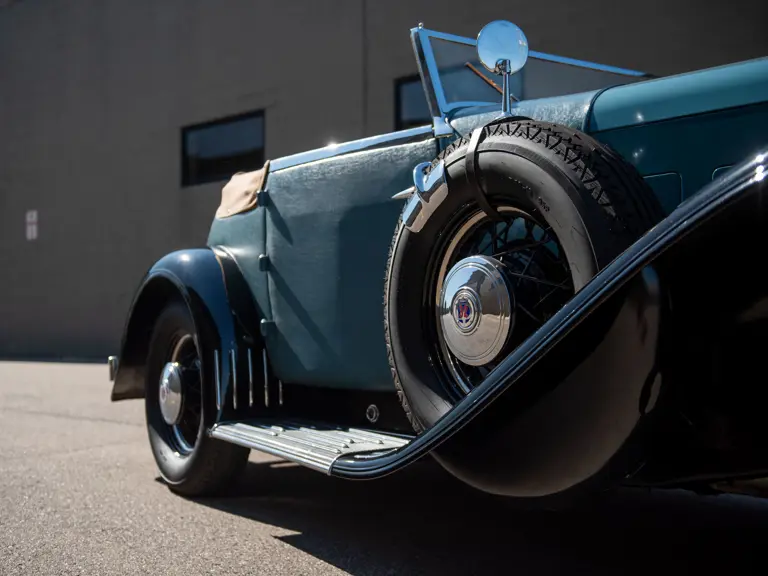
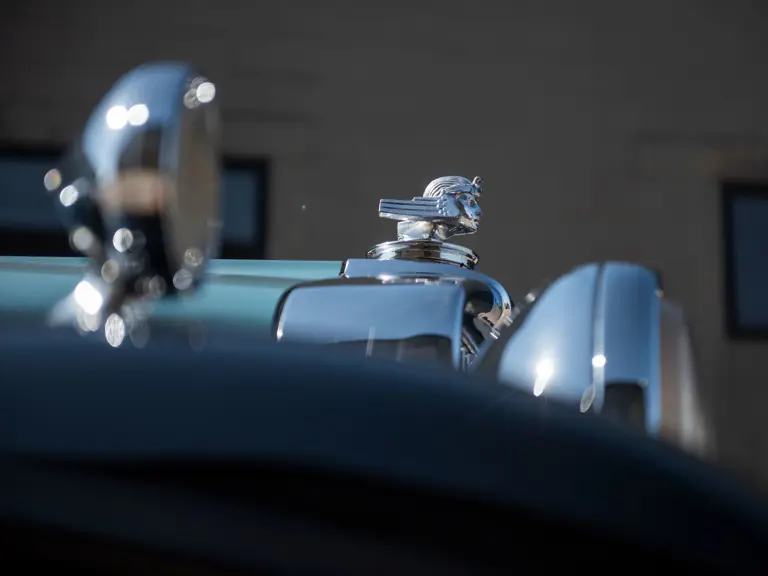
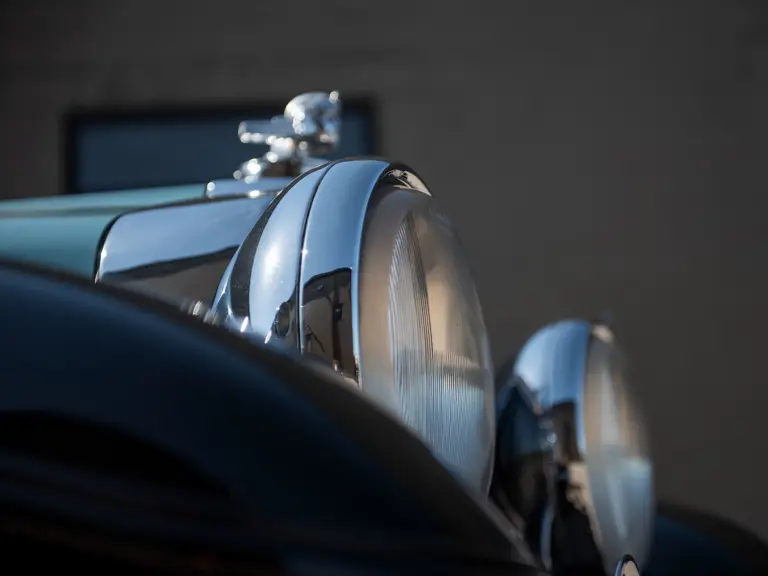
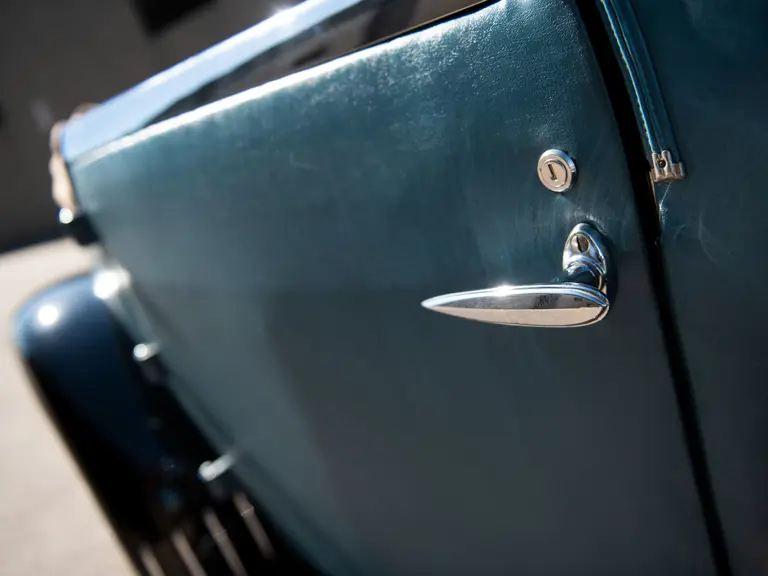
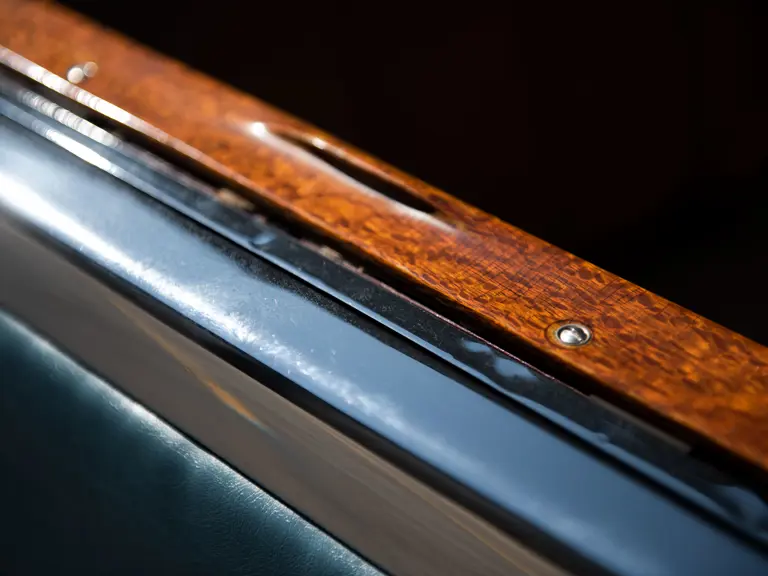


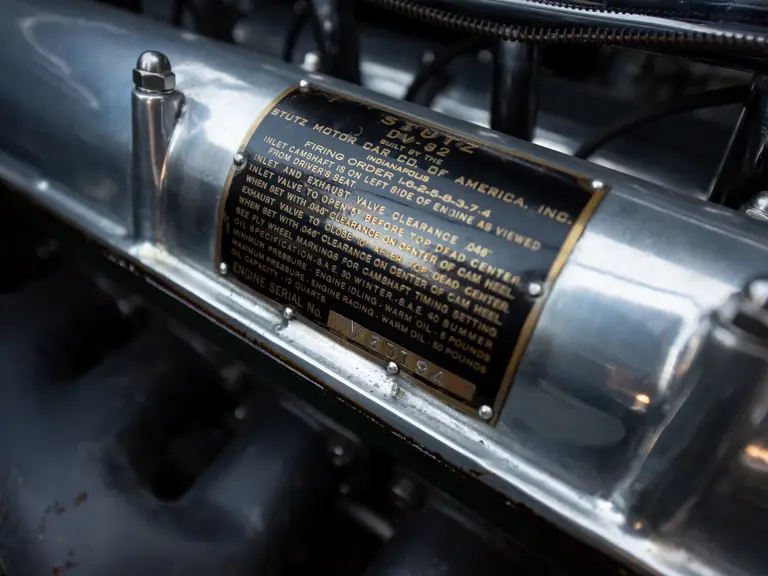
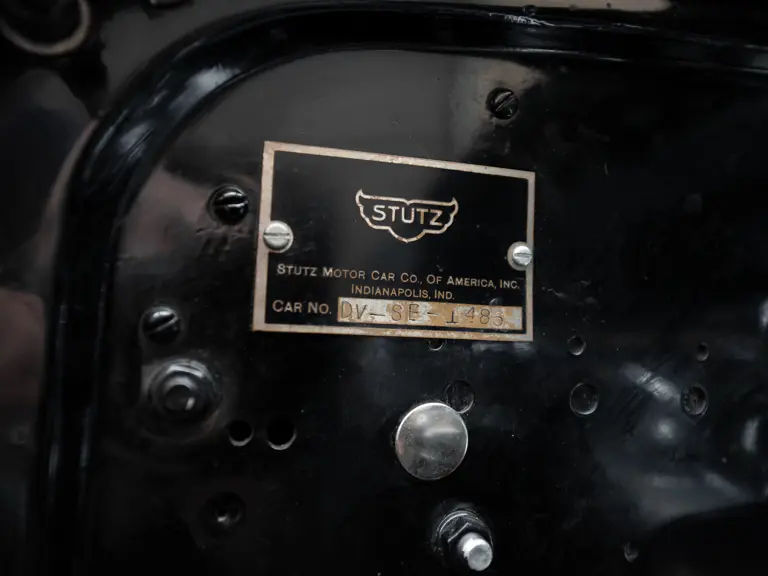
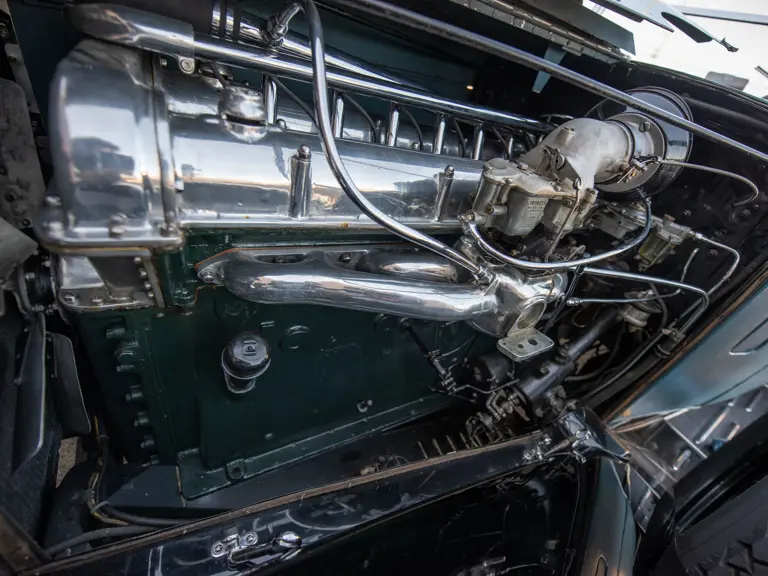
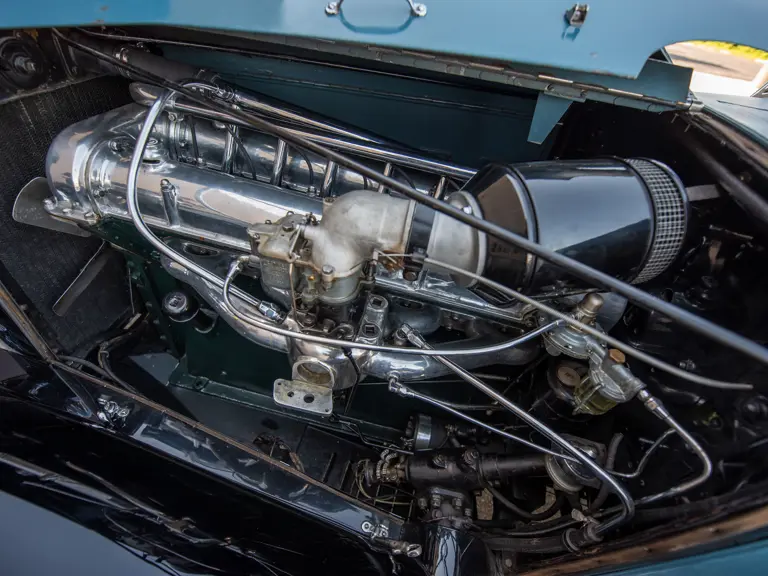
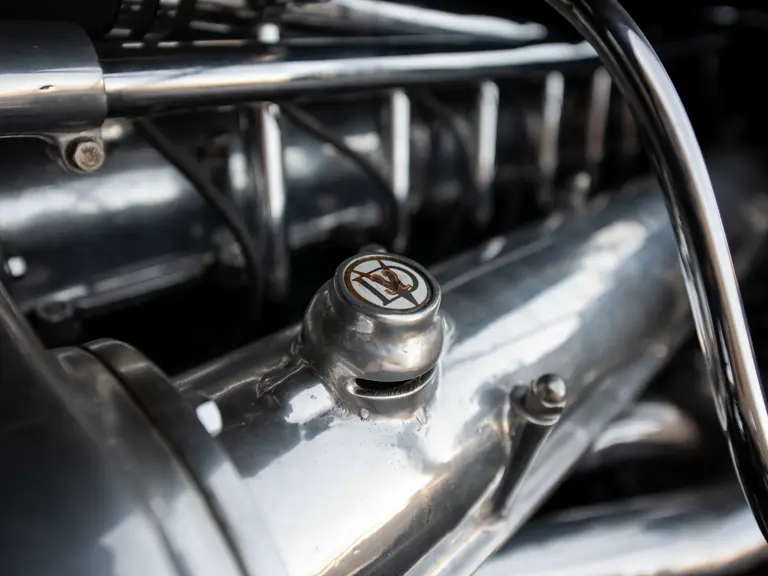
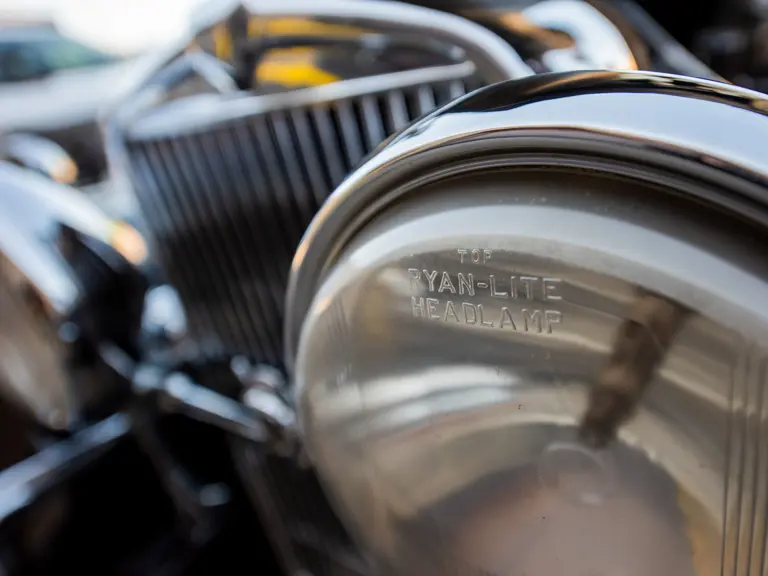
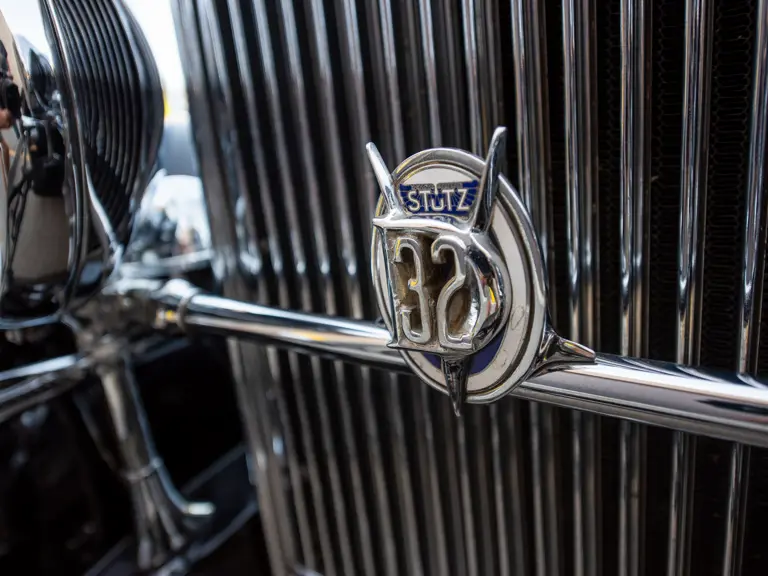
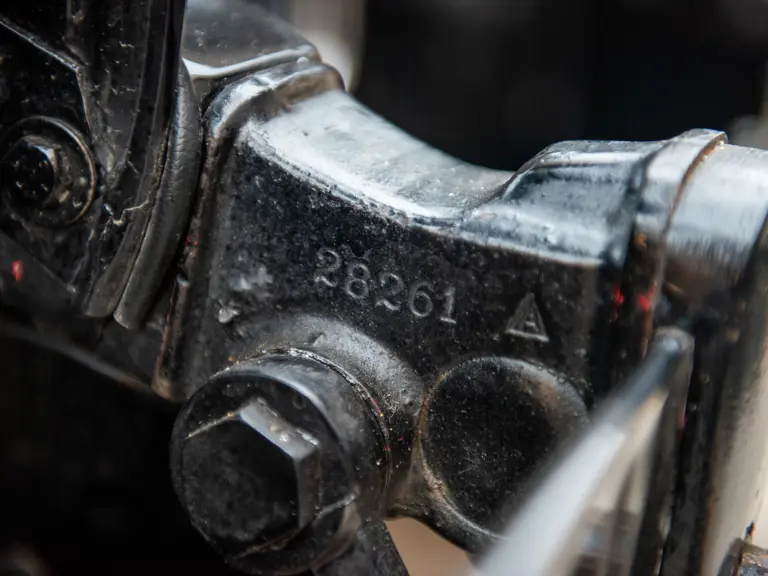
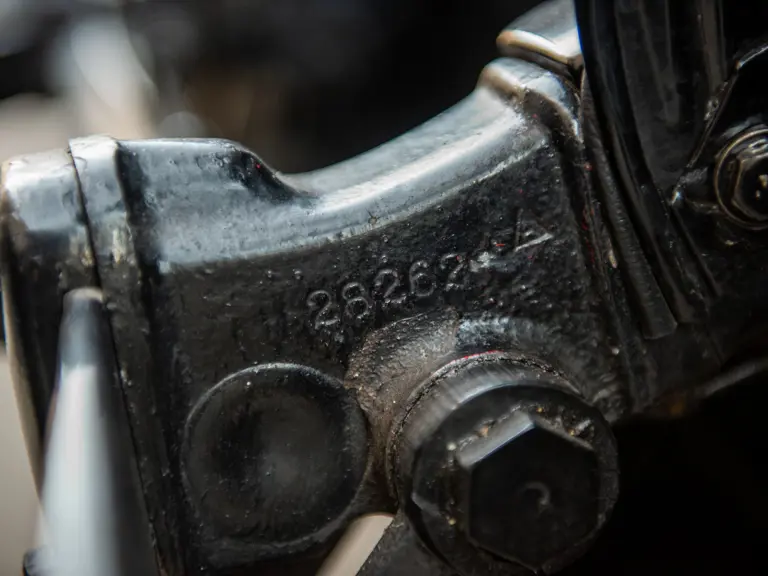
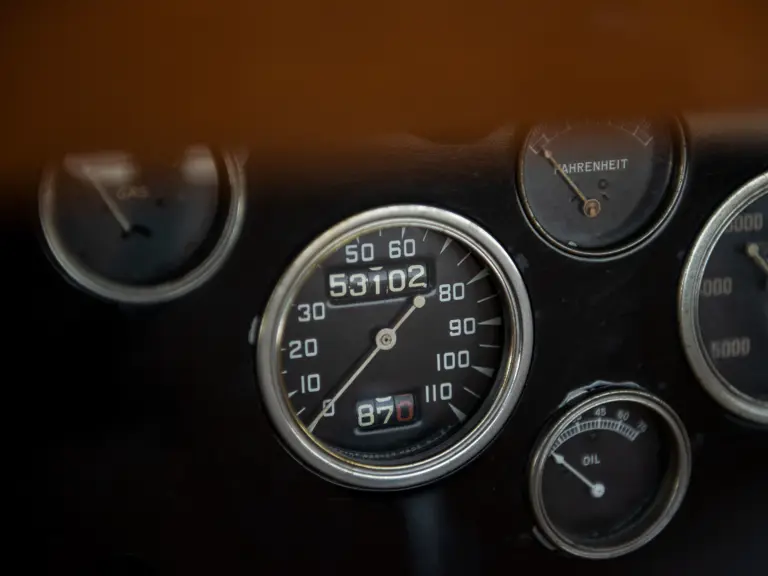
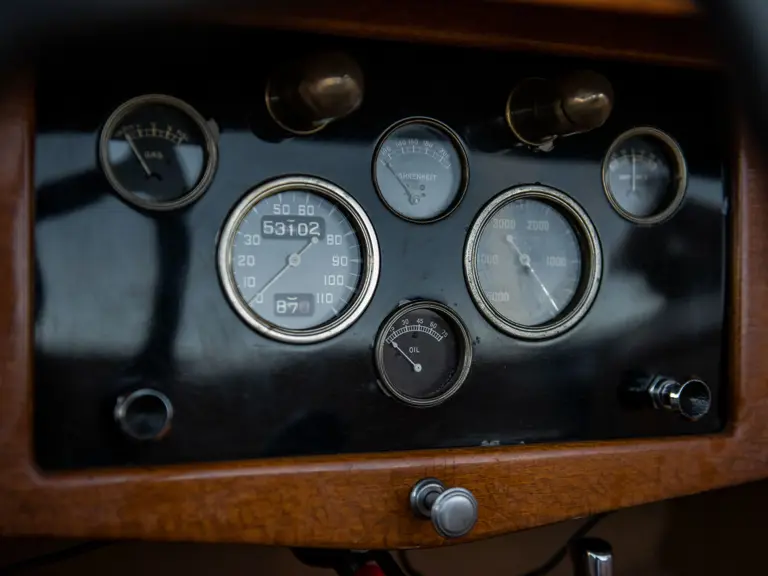
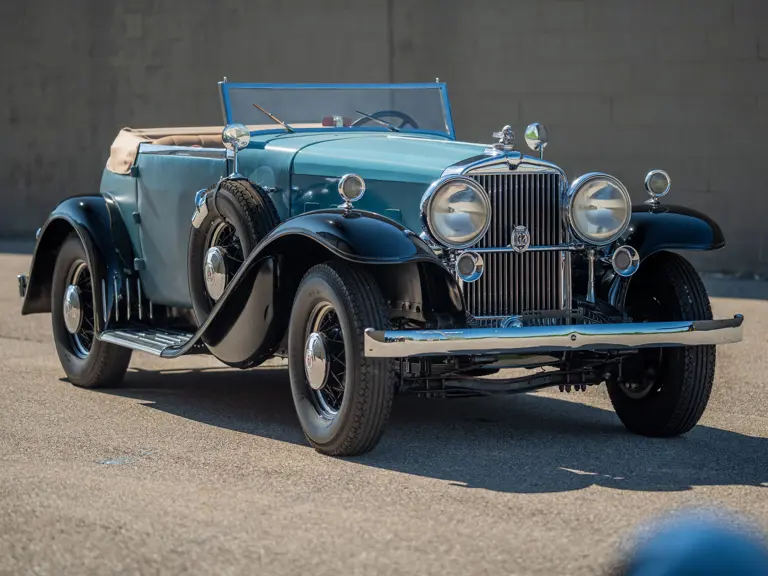
 | Monterey, California
| Monterey, California
